Last Updated on July 28, 2021

The Arrow
interviews Steve Cuden
“Lucky”
is a nasty and funny little movie about a loon, his dog that talks and
the women he kills. Winner of the
New York City
Horror Festival, the B Movie Film Festival, the
Micro Cine Fest and the No Dance Film Festival, “Lucky” has
been getting great word of mouth and deservedly so. It’s a strong film.
Arrow had the chance to talk with the man behind the pooch,
first time director Steve Cuden about all that is “Lucky” and here’s
what he barked back at me.
ARROW: What would
you say is your favorite horror movie?
SC:
Without question, “The Exorcist.” I
was a kid when it first came out, and it hit me really hard when I saw
it in the theater. I was afraid to cross my back yard in the dark of
night for many days after. But I also have several very close seconds,
the original “Night Of The Living Dead,” “Jaws,” “The Omen,” “Aliens,”
“28 Days Later.” They all get to me almost every time I see them.
ARROW: What
was it about the “Lucky” screenplay that made you want to tackle it?
SC:
It was the most unique, unusual, odd,
difficult, troubling, and funny script I’d ever read. The words
pushed a lot of my emotional buttons, and yet it made me laugh out
loud. So, I thought it presented an excellent opportunity to
demonstrate real range. I recognized immediately that it could be
shot super fast for next to no money (both prerequisite to tackling
the project), yet it presented substantial directorial challenges.
The script was claustrophobic, contained almost entirely inside one
house, yet had over 150 scenes, so I knew it would force me to be
incredibly creative in constantly finding camera angles fresh enough
to hold the viewer’s interest. And it had a dog throughout most of
the movie. You know what they say about working with children and
animals. So, I felt that it had to be done, just to prove that it
could.
ARROW: “Lucky”
was your directorial debut. How much pre-production time did you have
before the shoot and what did it entail? Did you storyboard the whole
film?
SC:
I spent almost four months, full
time, prepping the movie. I drew my own storyboards that ran over 170
pages. The drawings were quite crude, but it was the only way I could
pre-visualize the movie well enough to go into production feeling like
I had a clue about what I was going to do. We had very little money
to play with, and that severely restricted our production schedule. I
knew we couldn’t get to the set and screw around trying to figure out
a plan of action. We had to be good to go on day one. And we needed
to be very disciplined, which for the most part, we were. We spent a
lot of pre-production just figuring out how to shoot which scenes in
what order, especially as we had to shoot both a house completely
covered in beer cans, and then a cleaned up house.
And we had to figure out how to
maximize our use of Sydney, the fabulous mutt who played Lucky.
Coordinating the logistics of all of that took a little time to work
out. And of course, on a tiny indie like this, we all
did everything, from gathering props, to moving furniture. Michael
Emanuel, who plays Mudd, and I painted the downstairs bedroom red by
ourselves. Steve Sustarsic, who wrote the screenplay, spent three
years collecting all those cans and bottles. Of course, there were a
million and one things to do:
finding a crew (a small but professional group who had all worked
together before), deciding upon which equipment to use (ultimately we
didn’t use much at all), casting, scouting the location, etc. It was
a lot of hard work, and a lot of frenetic activity.
ARROW: I
heard the shoot took place over a period of 9 days? To be blunt, how
the hell did you wing that?!
SC:
Well, tons of preparation was the
key. Drawing the storyboard really made a huge difference. Byron
Werner, our excellent D.P., and I did a detailed shot list that ran 25
single spaced pages. Then, with just a few exceptions, we basically
shot the shot list (completely out of sequence, of course). We
decided early on to change all but one of the many “day” scenes (as
written), to “night.” We blocked off the windows of the house and
shot split days, which enabled us to absolutely control the lighting.
We pre-lit the house with a few movie lights, and a lot of practicals,
and then, most of the time, Byron only had to use a handful of small
wattage movie lights on simple c-stands to supplement the practicals.
We used the power available in the house, so we just plugged into the
walls. No generator was needed. The movie has only one locked-down
shot in it.
Virtually every other shot is
handheld. We used no track, no tripod, no Steadicam, no cranes, no
special equipment or rigging at all (we couldn’t afford any of it).
Byron was like a human Steadicam. Watch that opening walkthrough of
the house again. You know it’s handheld, but it’s really marvelous
how smooth he is. We knocked off over 420 set-ups in those 9 days.
That means we were doing between 45 and 50 set-ups a day, or about one
every 12-15 minutes. We were really flying. We shot with a Panasonic
480P DV camera (60 fps progressive), which afforded us great latitude
and flexibility in both lighting set-ups and where we placed the
camera. The 480P takes DVC Pro66 tape stock, which holds about 30
minutes of footage. It is relatively lightweight (about 15 lbs.),
which meant we could just keep moving without too big a hassle. We
also shot mostly one or two takes per set-up. Occasionally we did
four or five takes, but it was generally a couple of takes then move
on. In short, lots of prep allowed us to shoot very fast and with a
fair amount of confidence. And even though we were moving at
crazy-fast speed, all that planning enabled us to punt fairly easily
when things didn’t go as perfectly as we would have liked. We set
absurd goals for ourselves, and worked very hard to achieve them.
ARROW: During the
opening credits of the film, it says that the picture is based on a
“true story”. Is that true? If so, which true story?
You mean you don’t remember the story
of Millard Mudd hitting the nightly news a few years ago? LOL! It’s
a ruse, a feint, whatever you want to call it. It was in the script,
and was, I believe, designed to suck the audience in, to, hopefully,
make them pay even closer attention. They immediately wonder, “Who is
this guy? How did I miss such a wild news story? Could it really be
true?” Mudd’s story constantly plays around with our reality vs. his
reality vs. his perception of reality, and the “based on a true story”
card is just one example of many of Steve Sustarsic screwing with our
heads. It’s total fiction. At least I hope like hell it is…
ARROW: How
many dogs did you have to audition for the part of Lucky? Was it a
grueling process?
SC:
One dog. And, no, it wasn’t
particularly grueling at all. We looked at lots of pictures of dogs
available for hire at Paws For Effect (the animal trainers who we
used), but once we laid eyes on Sydney, she (yes, Lucky is played by a
female), quickly became our first and only choice. It’s interesting
to note that casting her, like many other elements of the movie, was
counterintuitive. Reading the script, you might envision Mudd as
being more of a wild man, like Charlie Manson. Instead, Mike Emanuel
looks like your next-door neighbor. Reading the script, you might
imagine Lucky’s voice to be a tough talking, harshly nasty
son-of-a-bitch, but instead we cast David Reivers, who played Lucky as
a suave, hip, jazzy, cool sounding bastard. Reading the script, it
was easy to imagine Lucky as a wolfhound, or a shepherd, or dobie –
something big and vicious. Instead, we went with a tiny, harmless
looking Terrier mix, and converted her into a symbol of pure evil.
That counterintuitive casting makes the movie work on so many
unexpected levels.
ARROW: And
how was the dog on set? Did you find it challenging having to direct
an animal on your first gig?
SC:
LOL! Sydney was a dream. We had her
on set for 5 of the 9 days. And I was very nervous about the whole
thing up until the first time we rolled camera with her. She is what
the trainers call a good worker.
She works long and hard hours, with only minor breaks needed.
Occasionally, she wouldn’t quite
do what I was looking for, but she almost always nailed it. And that
face! That amazing face! She has what they call a “good stare.”
Once you get her focused on an off-camera treat, she’ll hold that
stare for a long, long time. That was critical for getting her to
appear to be “in the scene” with Mudd. Without that stare,
Lucky would have had no focus and would have seemed to be just another
dog. Of course, Tim Stepich’s clever editing made Sydney’s “acting”
opposite Michael truly come to life.
ARROW: “Lucky”
is a mixture of drama and comedy. From a director’s point of view, was
it challenging for you to find a balance to the tone of the picture?
SC:
Of course. That’s very challenging. Our good fortune was that the drama and comedy were extremely present
in the script. The thing we decided very early on was that Michael
and the other actors would play scenes straight ahead, dead on, and
not play them for laughs at all. The script, the seriousness of the
situations combined with the total absurdity of those situations made
it simultaneously creepy and funny. We believed that if we treated
every scene as “real,” as a drama, and not play up the comedy, the
movie would be excruciatingly funny as is. Audiences have proved our
theory to be true.
ARROW: There
are a couple of VERY harsh scenes within the film. Did you, at any
time,
entertain the idea of “censoring” some of the material on the spot, thinking it
was going too far?
SC:
Not really. All of our decisions
were made well ahead of production. The biggest question I had was
whether or not we really needed the nudity. Was it necessary? Steve
Sustarsic and I had a couple of testy discussions about it. He
believed it was critical, I wasn’t so sure. He was right all the
way. We
shot the script almost exactly as written. We had to be brave and go
right down the throat of the beast and not flinch. Otherwise, had we
softened it up, it wouldn’t have the same impact that it does. Also,
I’m
a major free-speech advocate. The politically correct world we live
in sometimes numbs my mind. If you don’t agree with something, if you
don’t care for it, don’t watch. Turn it off. That is your choice. That is
freedom. I don’t think, within the context of fiction, you can
actually go “too far.” That’s totally an issue of taste. What’s too
far for you may not be too far for me, and vice versa. The script was
so assaulting on the senses that I wasn’t sure anyone would like the
movie anyway. Boy, was I dead wrong to worry about that. While
“Lucky” surely isn’t everyone’s cup of tea, I am constantly bowled
over by how many people love the thing.
ARROW: How
was your trip down MPAA lane? A smooth or a rocky one?
SC:
Oh, God, I thought we were gonna get
creamed. I thought we might have to do a major trim or two. But we
got an “R” on the first go round. Nothing to it. Smooth. Once we
finally locked picture it has never changed. But you know what, go
look at “Jeepers Creepers,” or “The House Of 1000 Corpses,” or any of
dozens of other “R” bloodfest movies, and then tell me “Lucky” is
really all that bad. We’re not. Almost all of the true “horrors” in
our movie are perceived horrors that take place off screen and in your
mind. And most of the viscerally nasty stuff is offset by it being
set in a quirky or funny context. We’re not that bloody, not all that
physically violent, but we are psychologically brutal. Maybe that’s
actually harder for some people to cope with. The biggest compliment
I get is when people tell me they were very uncomfortable watching the
movie, and that they were upset at themselves for laughing. That’s
cool.
ARROW: What’s
next on your plate as a director? Do you plan on staying within the
horror genre?
SC:
I have four projects in various
stages of development, including three scripts I’ve written with Steve
Sustarsic. One of them is a quirky horror piece based on the story of
“Dr. Jekyll & Mr. Hyde,” only it’s set in a tough inner city area and
has a young woman in the lead. Another is a Farrelly Brothers-like
romantic comedy called “Fraudulent Styles,” about a lying insurance
adjustor. We also have a sci-fi comedy called “Unleashed,” about a
scientist who accidentally turns a dog into a man, and then the dog
teaches the man how to really be a man. I know, you might be
thinking, “Another man/dog movie?” But this one’s a goofball comedy,
so very different from Lucky, so much more mainstream, so non-horror,
that the two can’t really be compared. I also have a script
circulating around town called “Scouts,” that is a down and dirty
sci-fi action piece about humanoid aliens who have landed on earth to
commit one monumentally heinous act. I like horror and wouldn’t mind
directing several more, but as you can tell I have eclectic tastes and
hope to work on many different types of projects.
ARROW: I
have to ask, the name Millard Mudd…was it an intended homage to that
other twisted character with pets of his own…Willard?
SC:
LOL! I’ve never thought about it
that way. Steve Sustarsic and I have never had that conversation. I
don’t think so. I think he just thought the name sounded a little
odd, a little sad, a little lonely, maybe. Certainly, Mudd is easy to
understand as a name for this character. But I doubt Millard was a
conscious twist on Willard. It would be an interesting question to
ask him.
Mucho thanks to Steve for this in-depth interview and for the hard hitting
delight that was “Lucky”. I encourage you all to seek this mean, yet
hilarious, little doggie out. Getting psychologically neutered was
never this much fun!


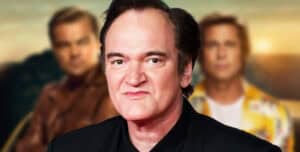
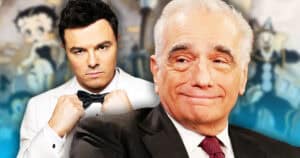


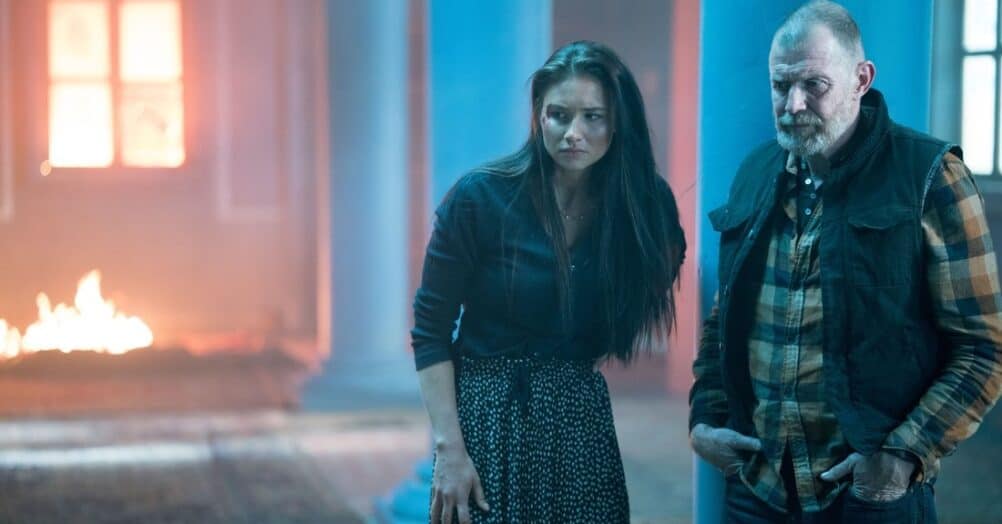
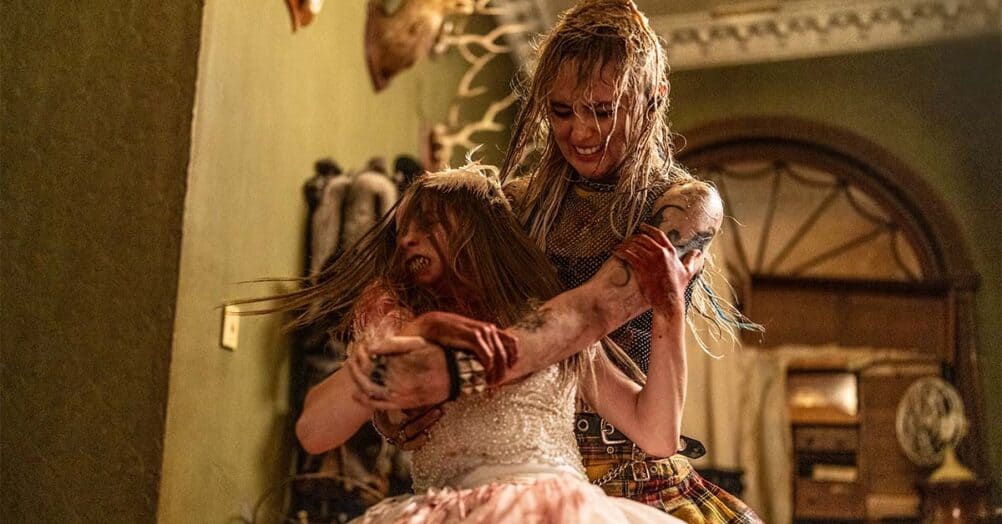
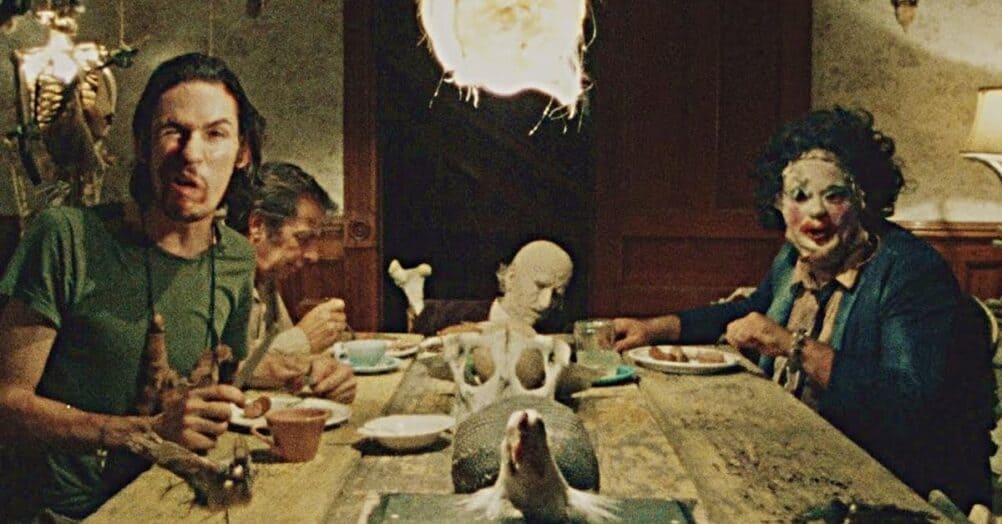
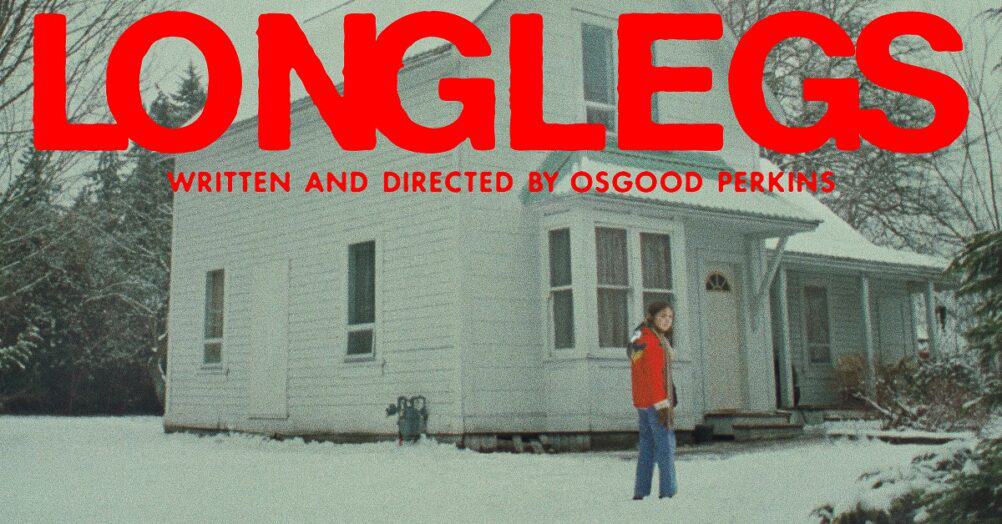
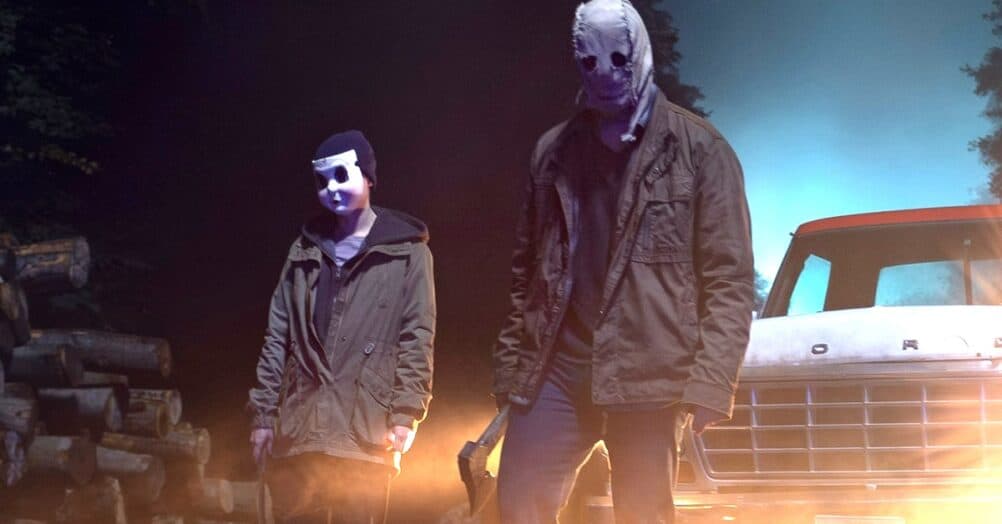
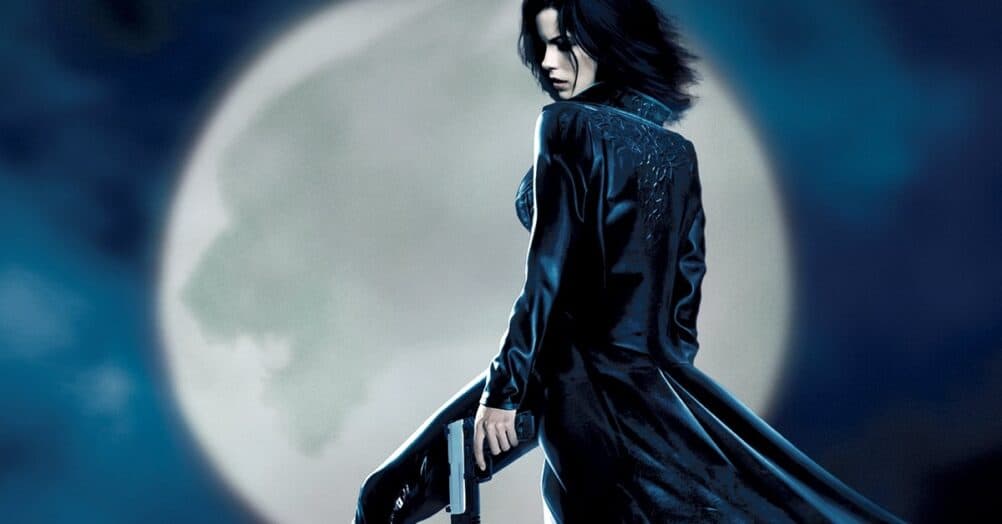
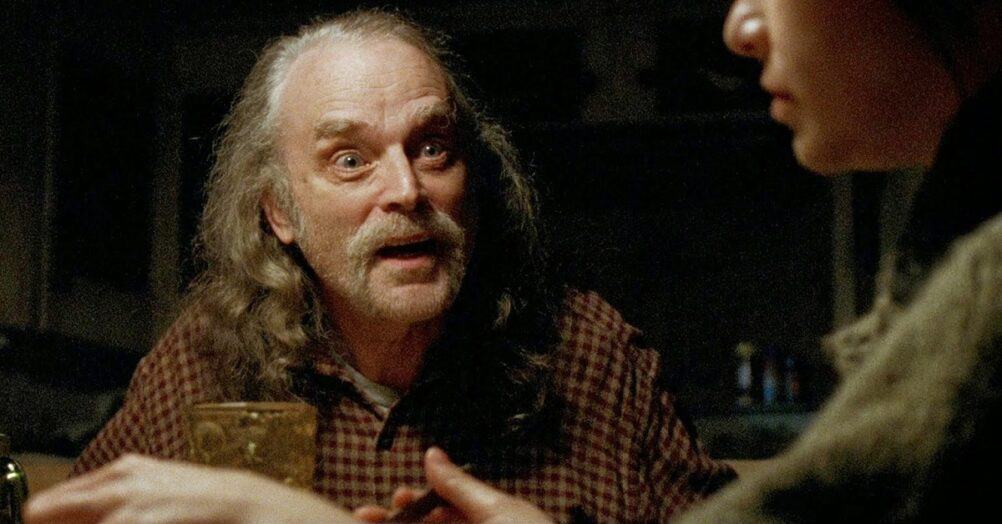
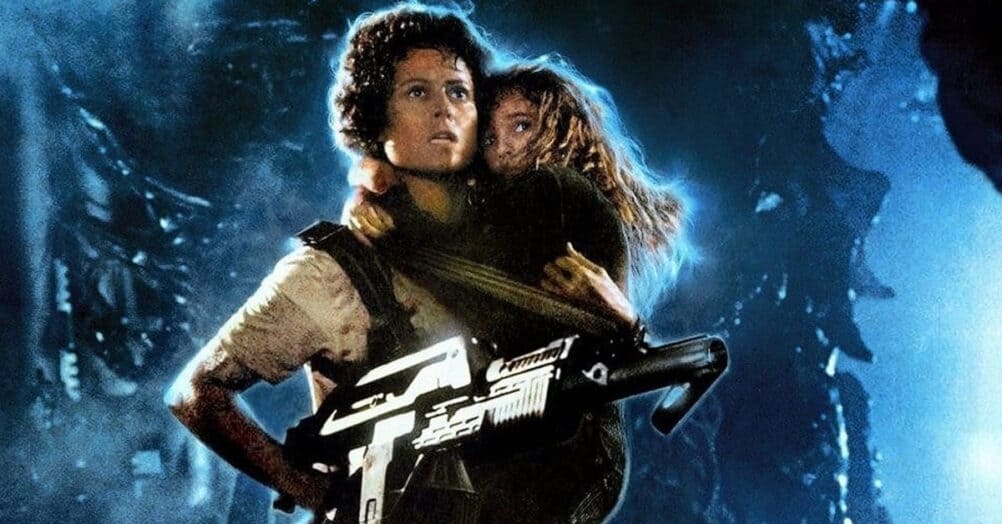
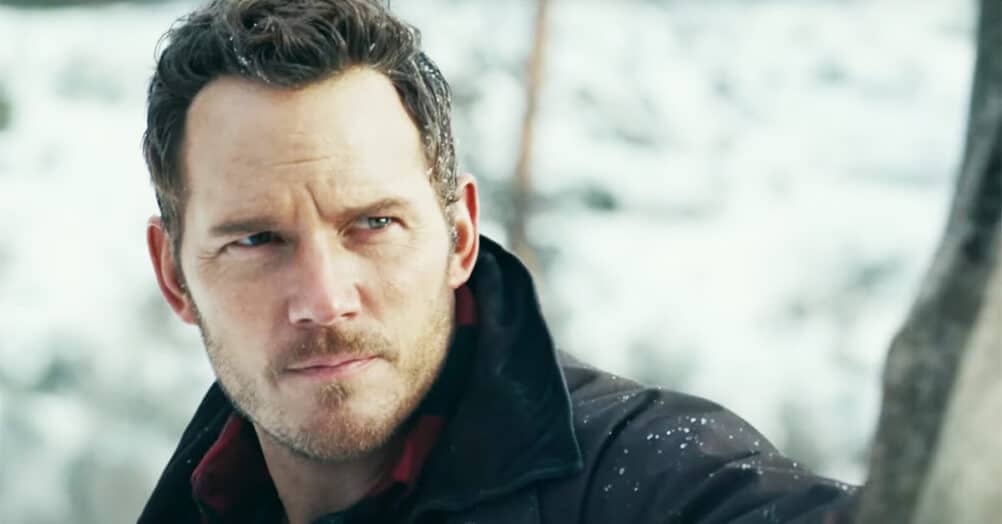
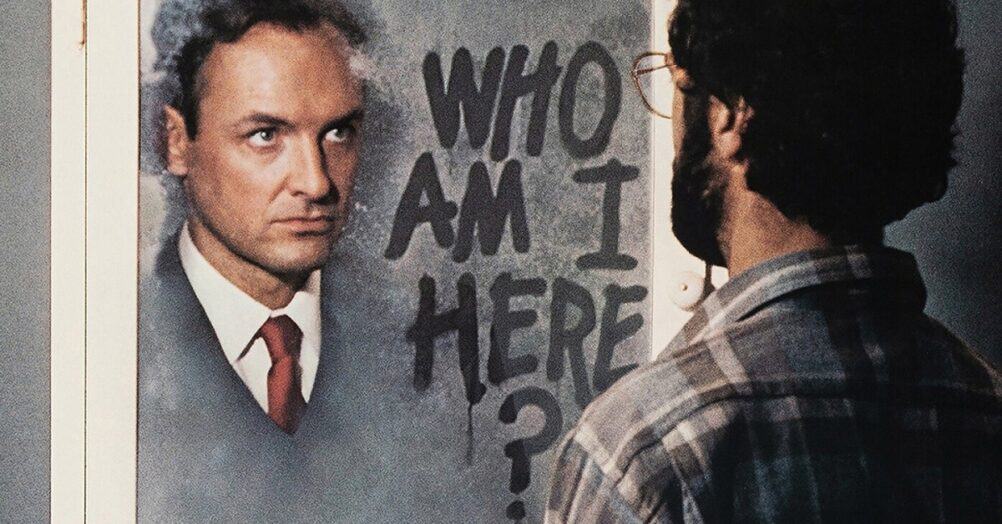
Follow the JOBLO MOVIE NETWORK
Follow us on YOUTUBE
Follow ARROW IN THE HEAD
Follow AITH on YOUTUBE